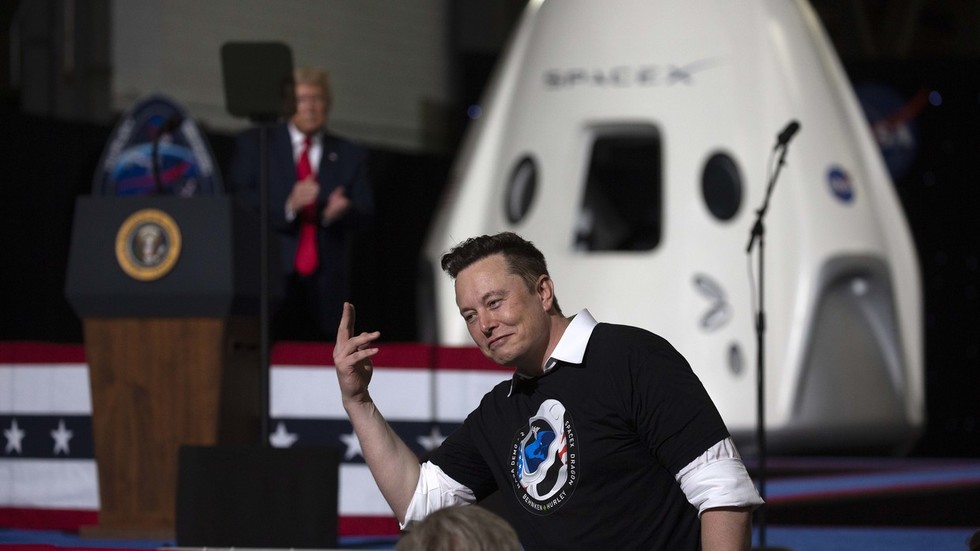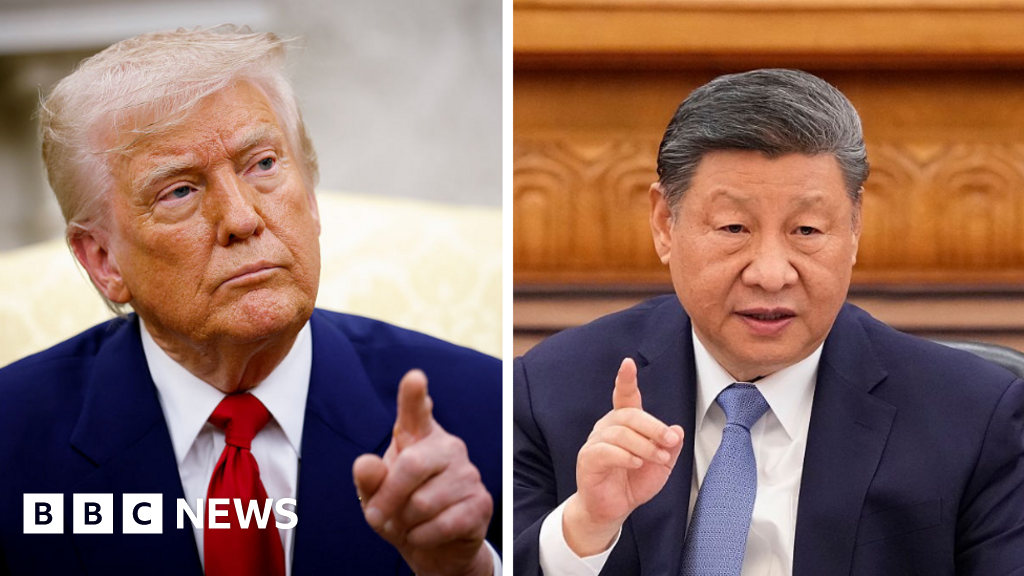
The city has an estimated population of 12,737,400 in 2025. (Image: Getty)
The world's population is constantly growing and is now well over 8 billion. As a result, there are plenty of mega-cities popping up all over the planet, including in Europe. While Tokyo is the biggest mega city in the world, the title of the biggest metropolis in Europe belongs to Moscow, the capital of Russia.
According to the World Population Review, Moscow is the largest city in Europe in 2025 with an estimated population of around 13 million. That’s more than London and Milan combined, with London’s population sitting at 9,840,740 and Milan's at around three million. Moscow is not only Europe’s most populous city, it’s also the largest by land area.

Moscow's wider metropolitan area stretches across more than 10,000 square miles. (Image: Getty)
It spans 970 square miles (2,511 km²), while its urban area covers 2,275 square miles (5,891 km²). Its wider metropolitan area stretches across more than 10,000 square miles (26,000 km²), and is believed to be home to more than 21.5 million people.
The city was first mentioned in records in 1147 and quickly grew into an important regional post.
It later became the capital of the Grand Principality of Moscow and then the Tsardom of Russia.
Moscow lost its capital status to Saint Petersburg in 1712, but this changed in 1918 after the Russian Revolution.
Today, Moscow is the political, economic, and cultural centre of Russia. It’s home to major businesses, international headquarters, and the Kremlin, where the Russian government is based.

Today, Moscow is the political, economic, and cultural centre of Russia. (Image: Getty)
Invalid email
We use your sign-up to provide content in ways you've consented to and to improve our understanding of you. This may include adverts from us and 3rd parties based on our understanding. You can unsubscribe at any time. Read our Privacy Policy
Tourists also used to come from around the world to see famous sights like Red Square and Saint Basil’s Cathedral, but the invasion of Ukraine changed that drastically.
Travellers are now advised to avoid visiting Russia and Moscow as the war rages on.
Nonetheless, according to InterNations, Moscow is still Russia’s richest and most expensive city to live in.
While it has a good public transport network and many international schools and clinics, it’s not a cheap place for expats or locals.
The Moscow Metro is the busiest in Europe and one of the biggest in the world. The city also has one of the largest financial centres globally and tied with Hong Kong for the second-highest number of billionaires back in 2023.

Daily life in Moscow has become much more difficult since the war with Ukraine began. (Image: Getty)
But daily life has become much more difficult since the war with Ukraine began.
The Moscow Times reported that people are struggling with rising prices, especially for food and imports.
One resident, Katya, told the paper: “Yes, inflation is out of control. But it looks like there’ll be a ceasefire soon. We can put up with more disruption until then.”
However, some experts say that even if there is a ceasefire, military spending is unlikely to drop. That could mean fewer resources for things like public services and support outside the capital.

Travellers are now advised to avoid visiting Russia and Moscow as the war rages on. (Image: Getty)
The top 10 biggest cities in Europe by population (2025):
- Moscow - 12.7 million
- Paris - 11.3 million
- London - 9.8 million
- Madrid - 6.8 million
- Barcelona - 5.7 million
- Saint Petersburg - 5.6 million
- Rome - 4.3 million
- Berlin - 3.5 million
- Milan - 3.16 million
- Athens - 3.15 million

 1 week ago
10
1 week ago
10










 English (US) ·
English (US) ·